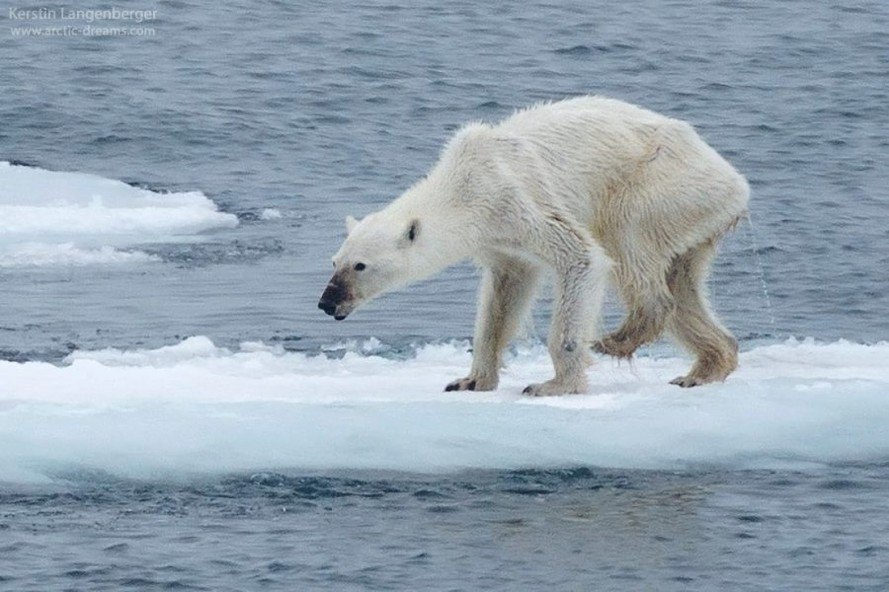From Pakistan to the Middle East, from the Middle East to US states; From US states to Australia and Amazon, Wildlife did not have an easy go of it in 2019. The extent of forest fires has sparked outrage around the globe & a considerable trace of forests in Australia, Africa, Russia, Brazil, and other parts of the world has been under fire. In August 2019, multiple forest fires broke out in the Canary Islands of Gran Canaria, Tenefire, and Lanzarote. In the same month, record-breaking forest fires ripped through the Amazon.
According to the Non-Permissive Environment (NPE) report, there were more than 80,000 fires, most of them recorded in Amazon, which burned around 7 million hectares of land. The worst of all was/is Australian bushfires that pushed more than 7.3 million hectares, had put a huge devastating impact on wildlife, many endangered species like Koala and Kangaroo were in the fire path, and as per reports, one billion animals have been killed or affected, including birds, reptiles and mammals. Almost a third of Koalas may have been killed in Australia’s New South Wales bushfire, and 30% of their habitat has been destroyed till the date when there are reports that fires reignite with soaring temperature in NSW. The Australian administration keeps trying to whittle away at critical protections for endangered species.
So with this rough bit of recent history, what does 2020 holds?
According to environmentalist and forest experts, the primary threats to wildlife are; climate change, massive infrastructure construction, global warming, plastic waste, emerging decease, and poaching, snaring, and wildlife trafficking.
Climate change and widespread drought are the primary cause of wildfires outbursts in 2019 and destroyed a million hectares of land. Climate scientists have been warned long ago that the scale of devastation of wildfires will be overwhelmed in the future and will be a clear-cut example of the way climate change can intensify natural disasters. Moreover, this is not limited to fires; the extremely upsetting expects of climate change are not showing signs of breaking and the administrations worldwide, refuse to recognize it.
An overall rise in the ocean in the ocean surface water increased precipitations, which is causing extensive flooding, deforestation, snowstorm, tornados, and extensive draught all are affecting a species existence, correctly put a severe threat to endangered species survival.
According to a noted wildlife conversationalist, William Laurence of James Cook University, reduced oxygen level at oceans could have a significant influence on zooplankton, which is one of the building blocks of the ocean food web. Any further changes in ocean composition will be a huge impact, much alike to a great dying.

Another critical threat to wildlife conservation is building new roads and an avalanche of infrastructure projects most of them initiated by Chinese investors and are craving into primary inhabitants of Africa, Asia (especially Indonesia and nearby), and Amazon. As the construction process speeded up, most of the governments around the globe are experiencing tight stress to preserve some of their prestigious wildlife inhabitants, especially some particular areas of biodiversity and ecosystem importance.
Another factor is plastic waste, which popped up as a most significant threat to ocean-life and sub-marine creatures and equally affecting wildlife an environment. A new study reveals that around 100% of sea turtles have plastic or micro-plastic in their digestive system. Plastic has been found as the primary persistent polluters of several environmental niches from Mount Everest to the bottom of oceans and flooding cities by trapping their drainage systems. The causes and effects of plastic pollution are needs serious and immediate attention.
Meanwhile, due to escalating pollution, emerging deceases like those affecting Bats, Frogs, and several reptiles are outnumbering and are more likely to cause a more significant loss of species worldwide. The forests of South Asia and South Africa are gradually emptying their local species due to poaching, snaring, and wildlife trafficking.
As per expert’s opinions, there will be more blood, more habitat loss, and more wildfires in 2020. The opportunities to make a difference in the issues, as mentioned earlier, are quickly running short. Our planet is getting punished for over-exploitation of its natural resources; we already have got poisoned its atmosphere, land, and oceans. We need to put aside our political, religious, and social differences and should work together to cease this catastrophic situation.
Share your thoughts about the biggest threats to wildlife and endangered species with hashtag #Wildlife2020.
Link to similar posts: Scientists who knocked-down disability barriers

Saadeqa Khan is the founder, CEO, & Editor-in-Chief of Scientia Pakistan. She’s a member of the Oxford Climate Journalism Network (Second Cohort) and NASW. Saadeqa is a fellow of NPF Washington, The Falling Walls Foundation, and the Science Journalism Forum. Saadeqa has won several international journalism grants and awards for her reports.

